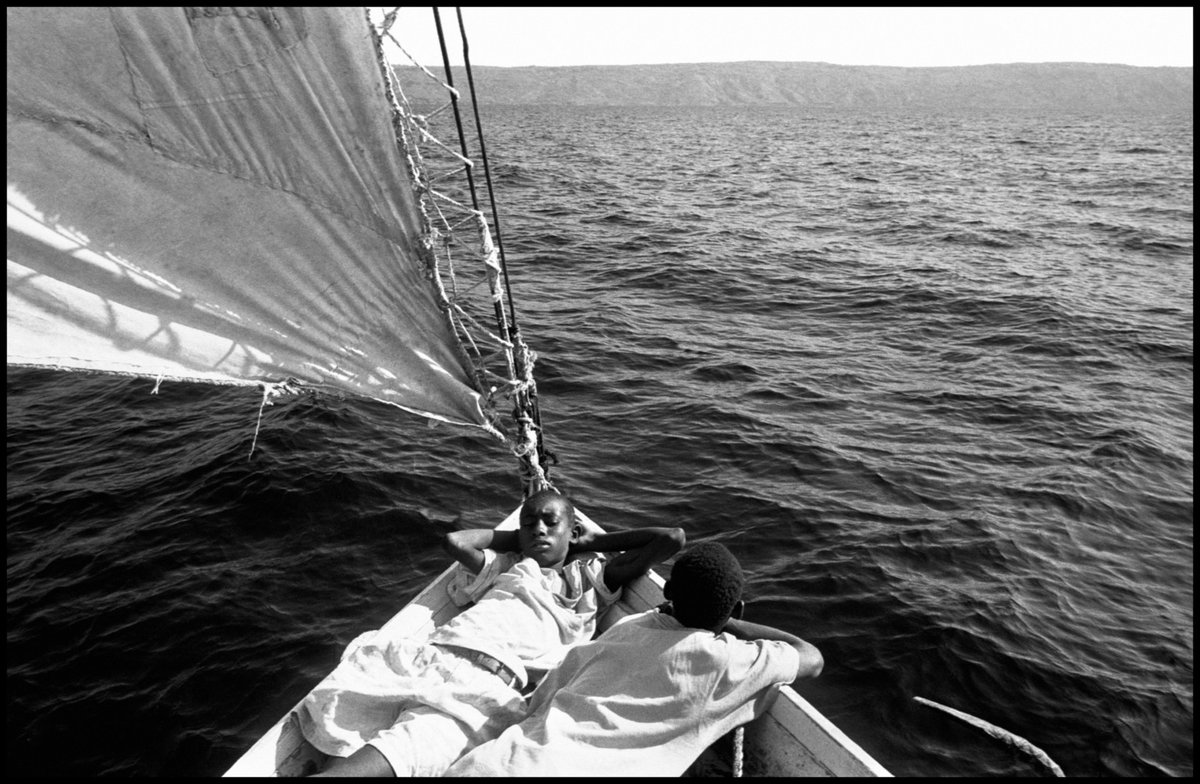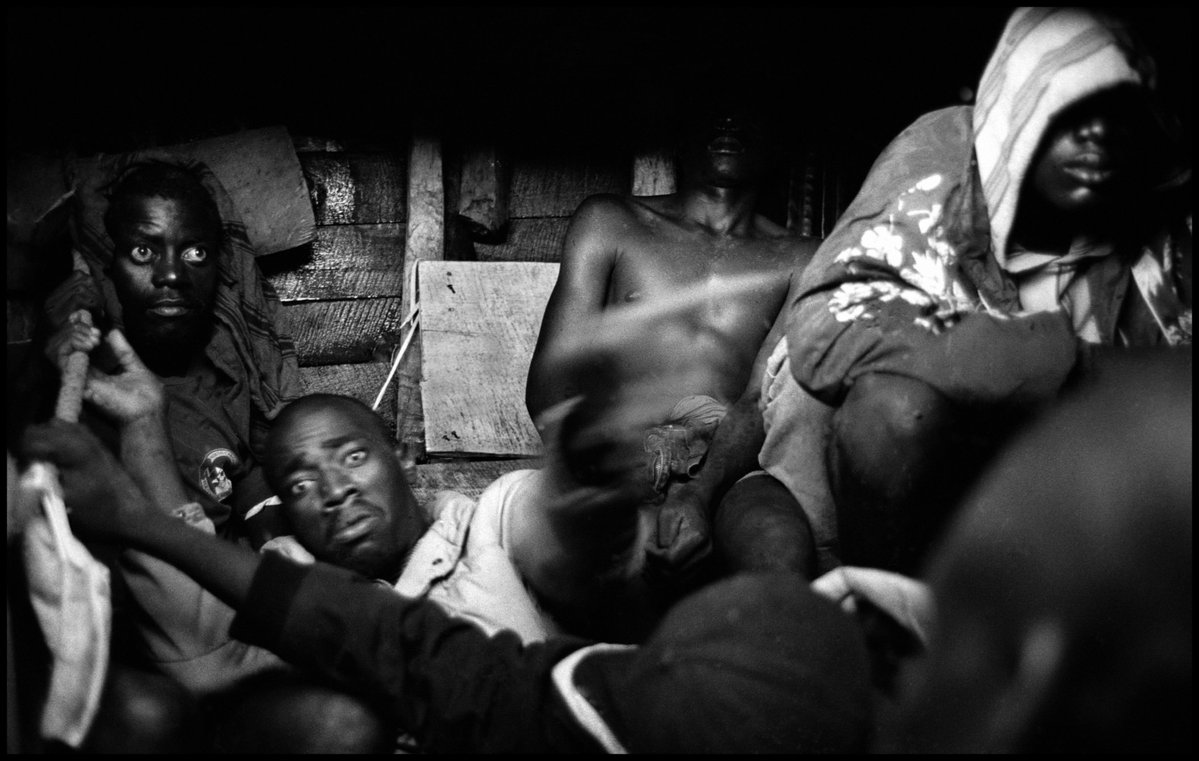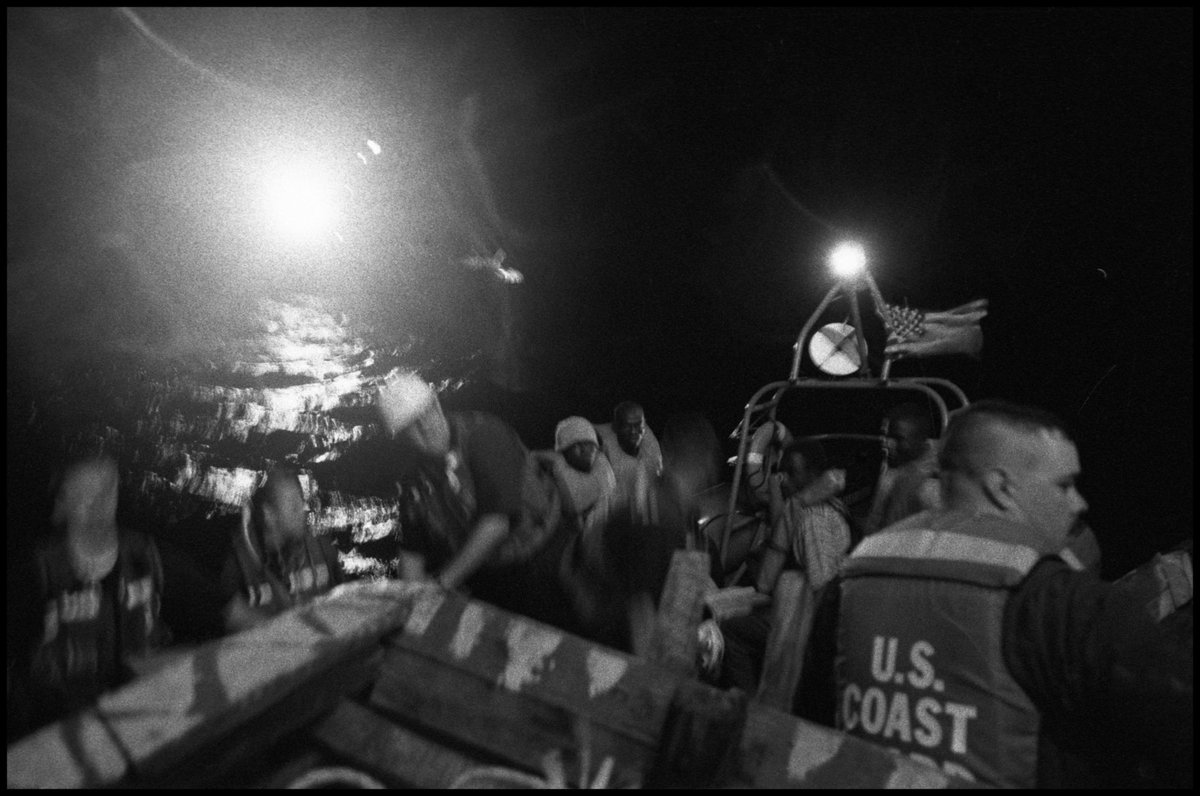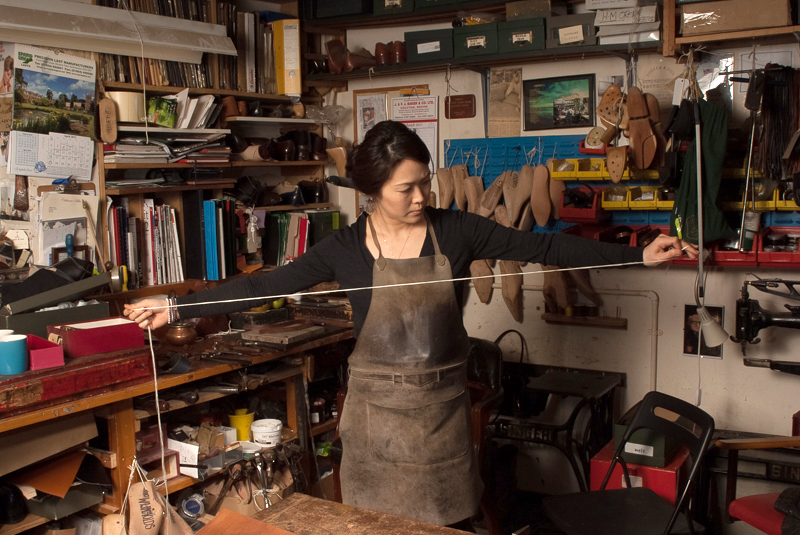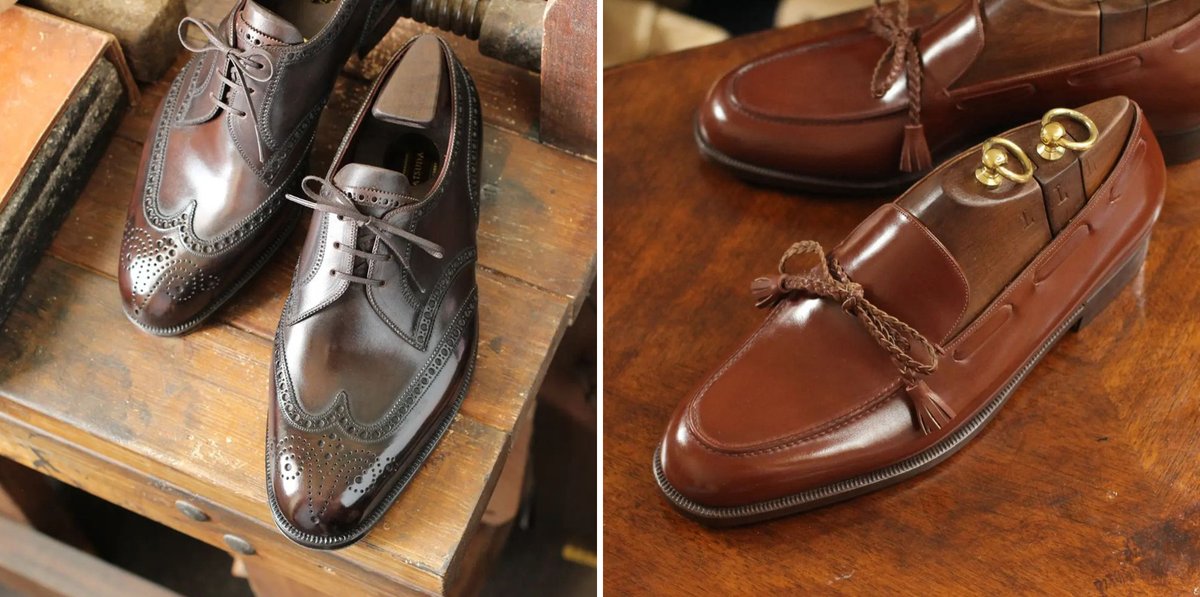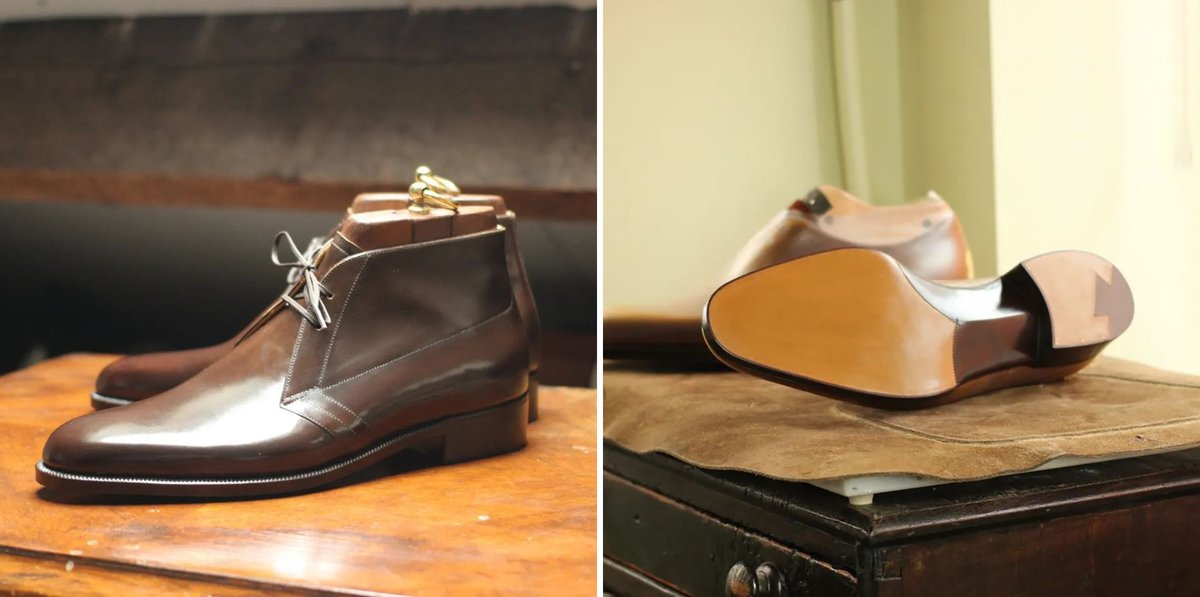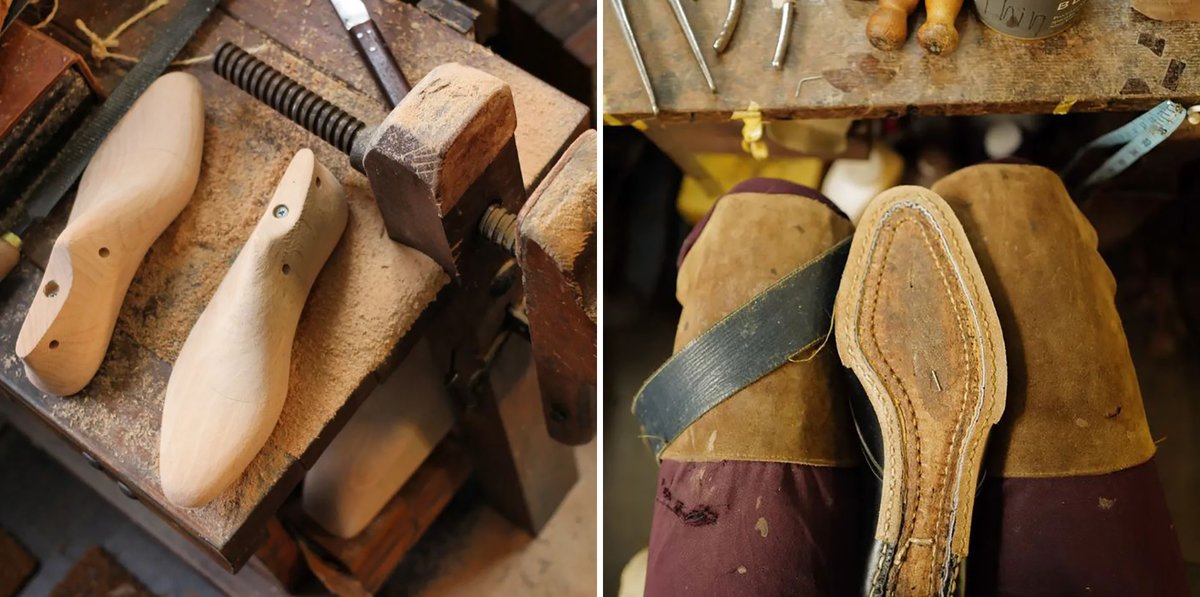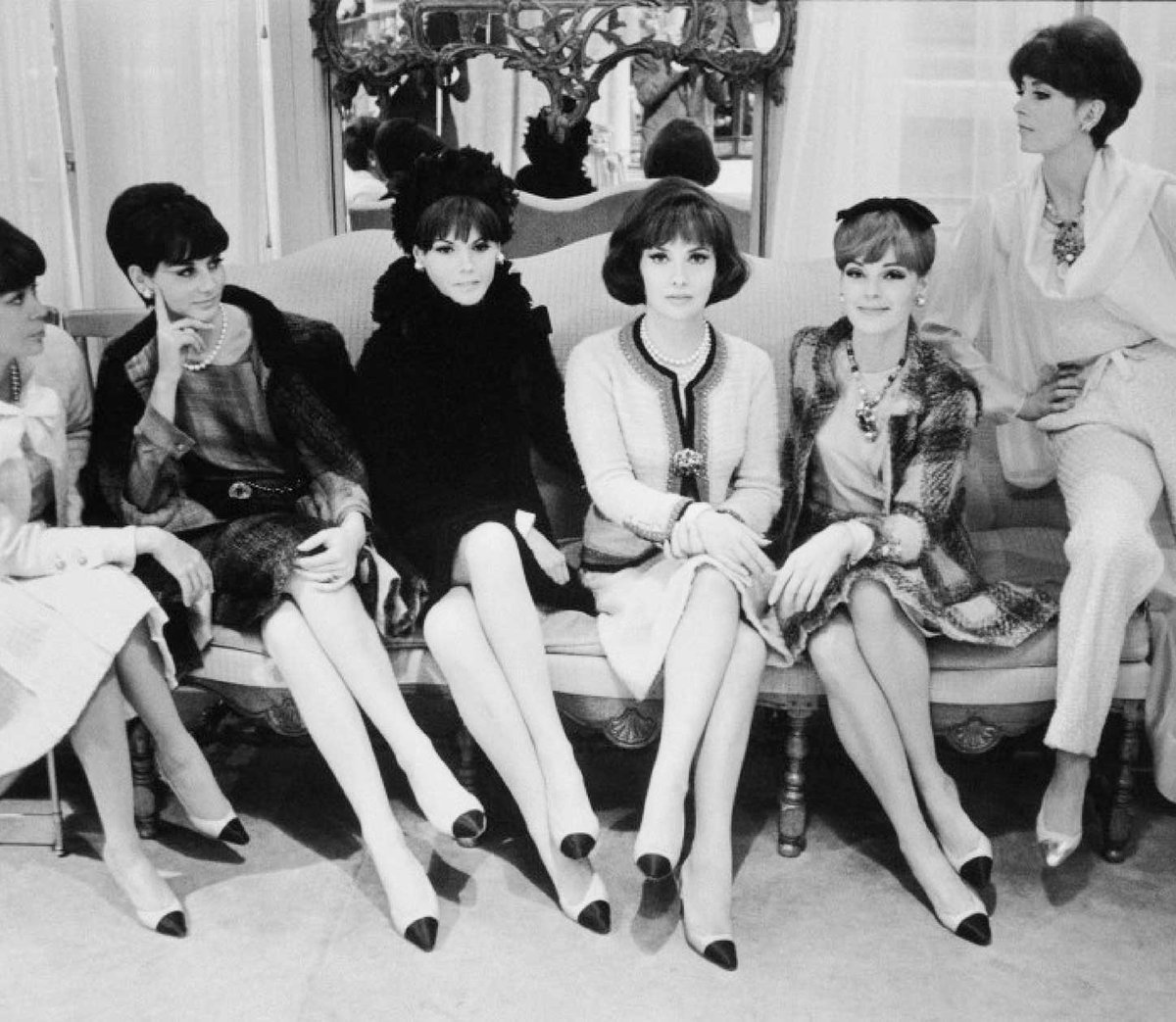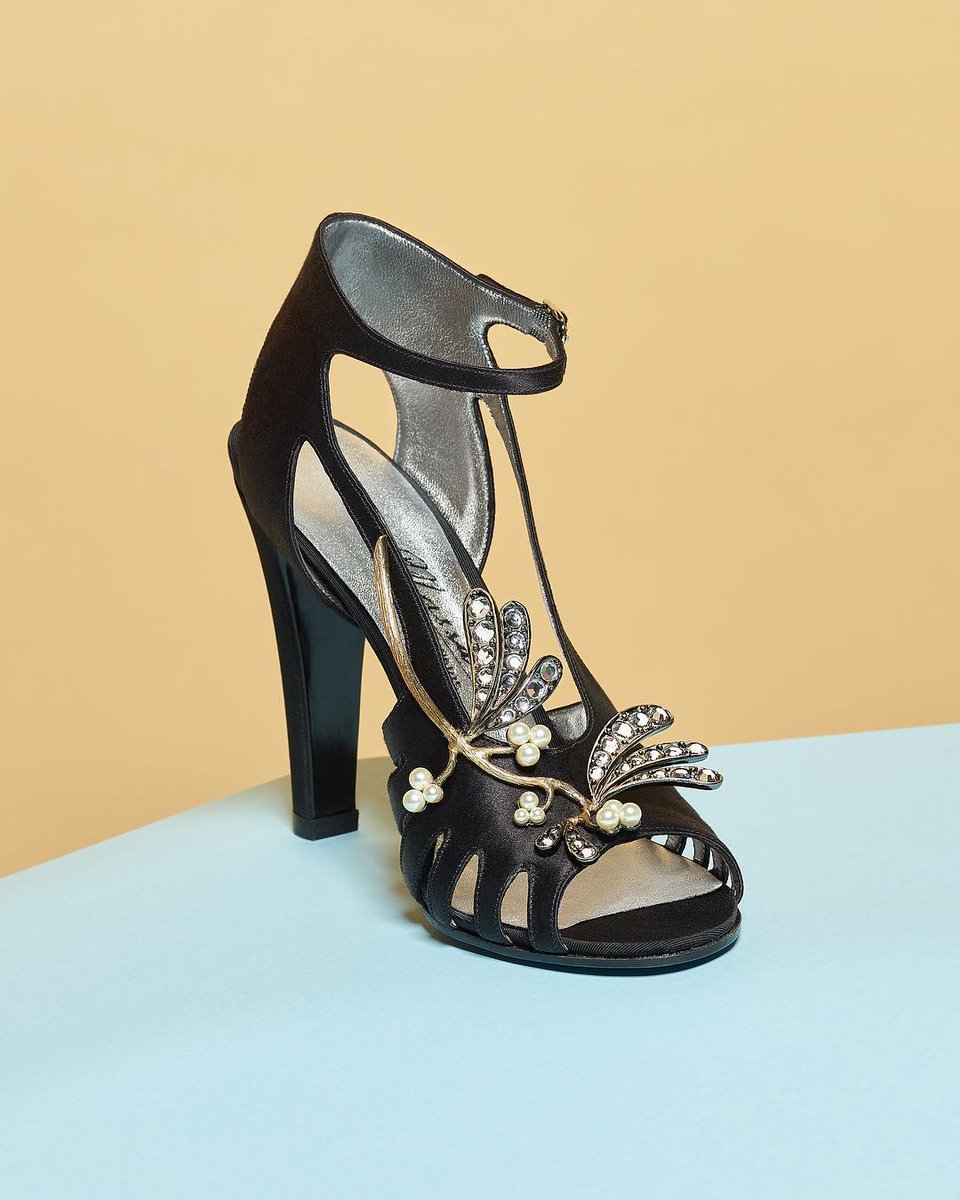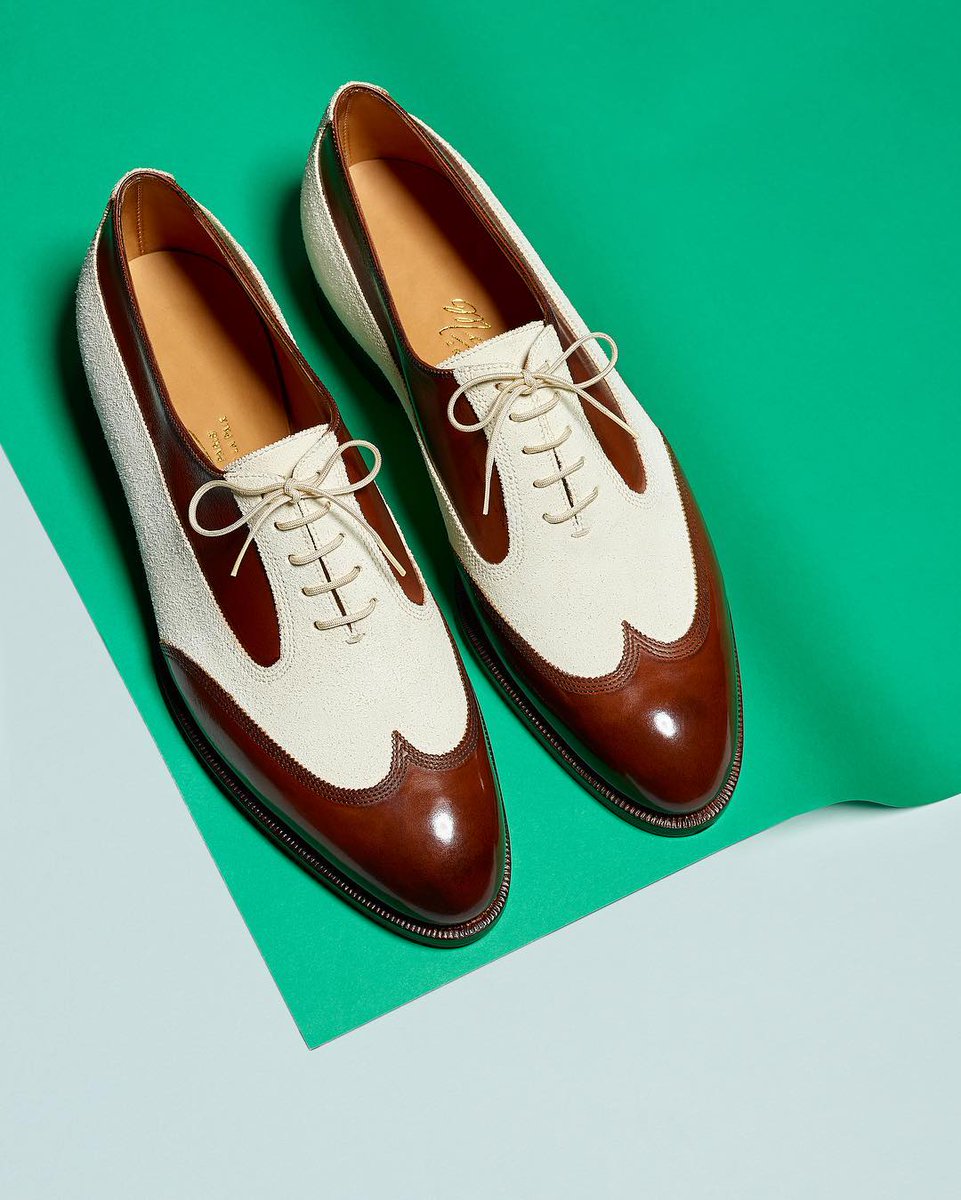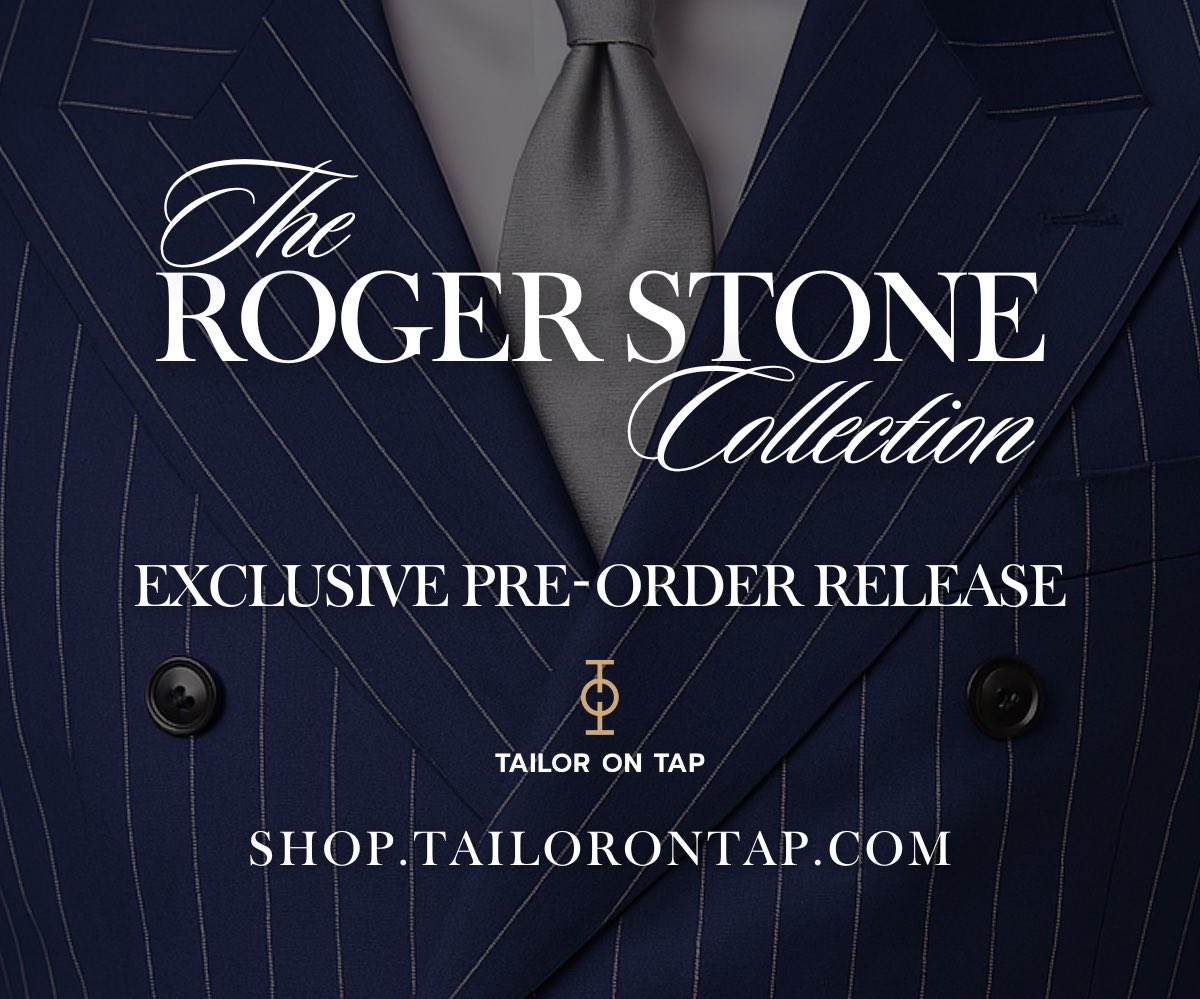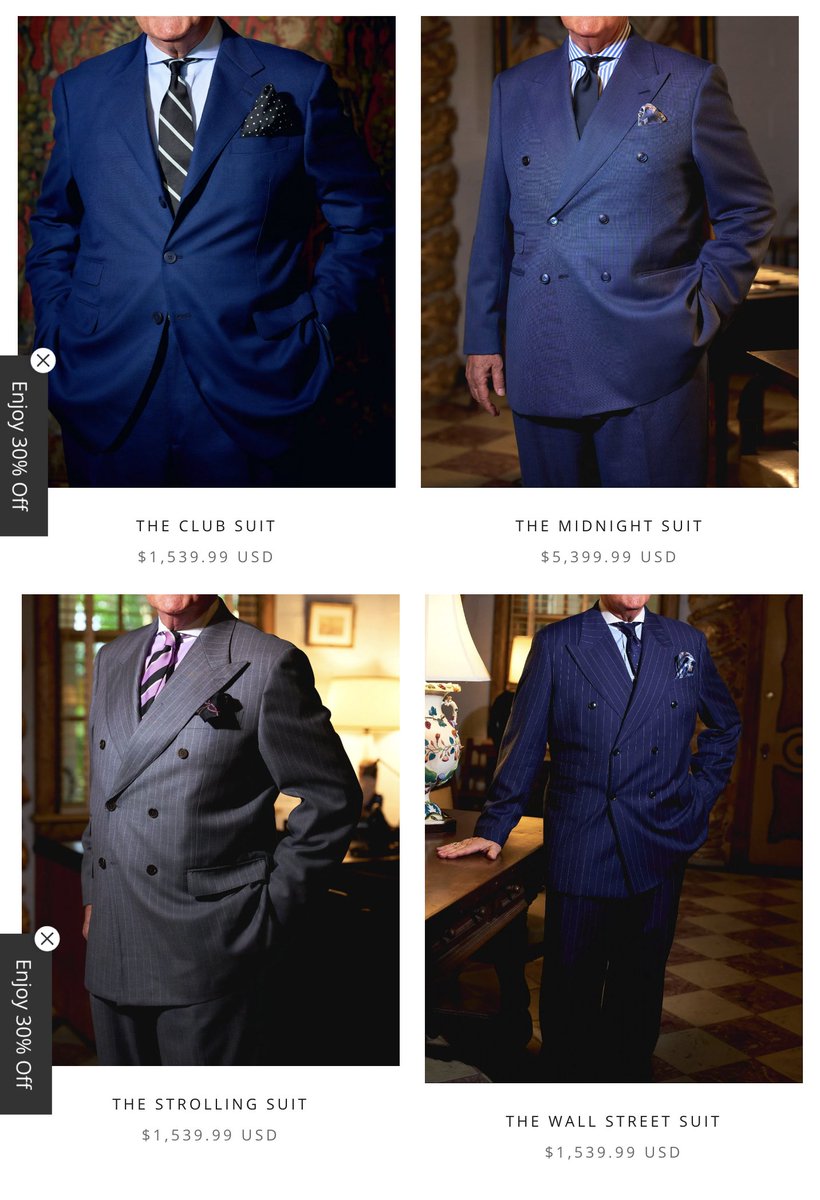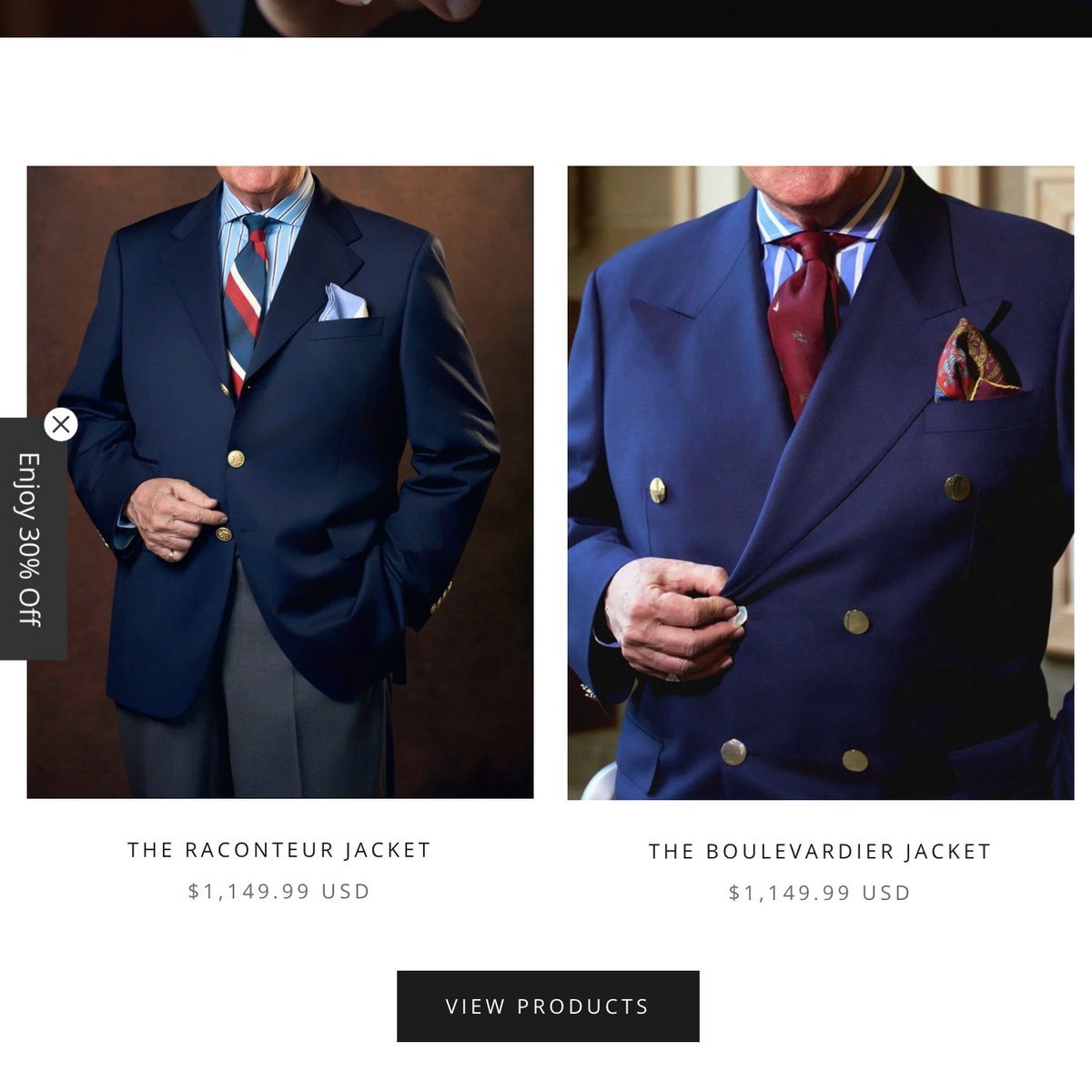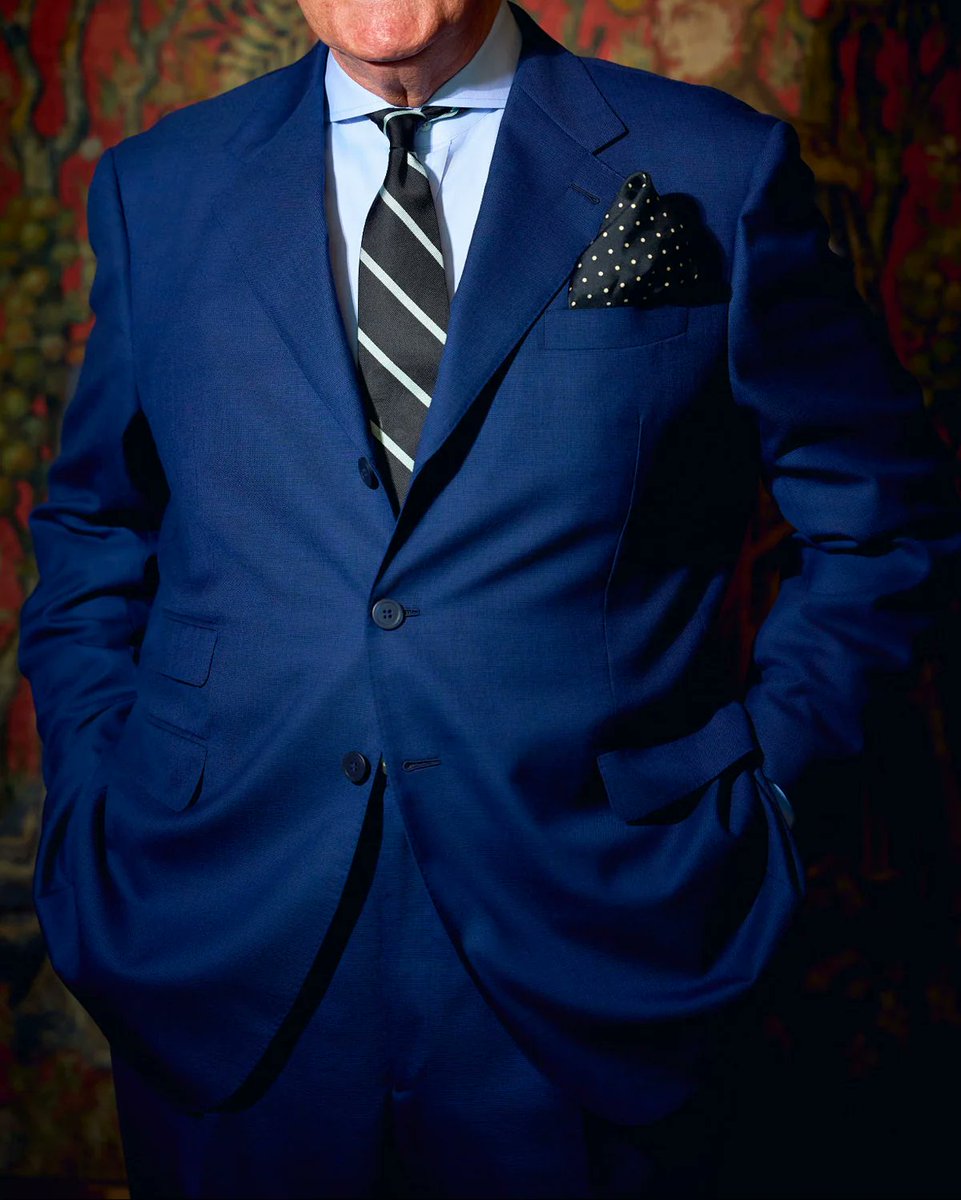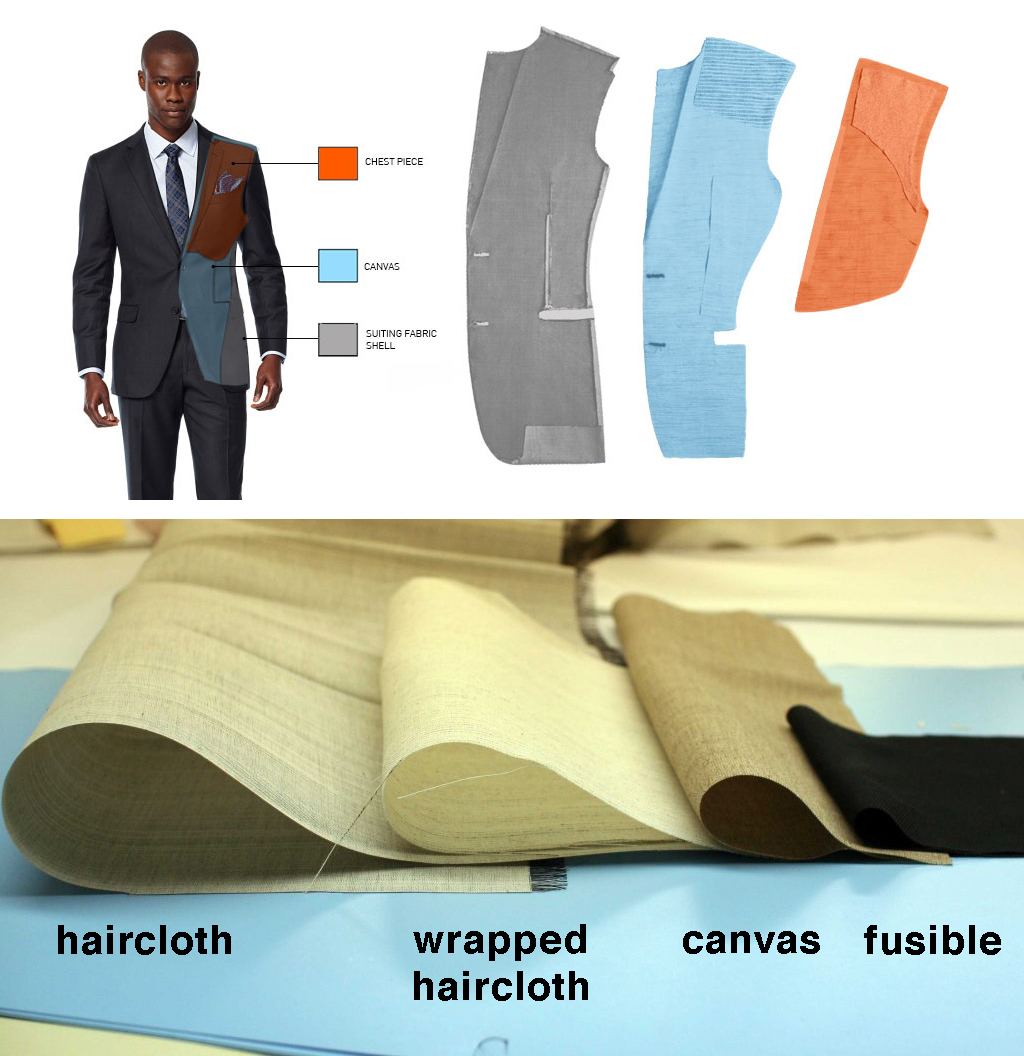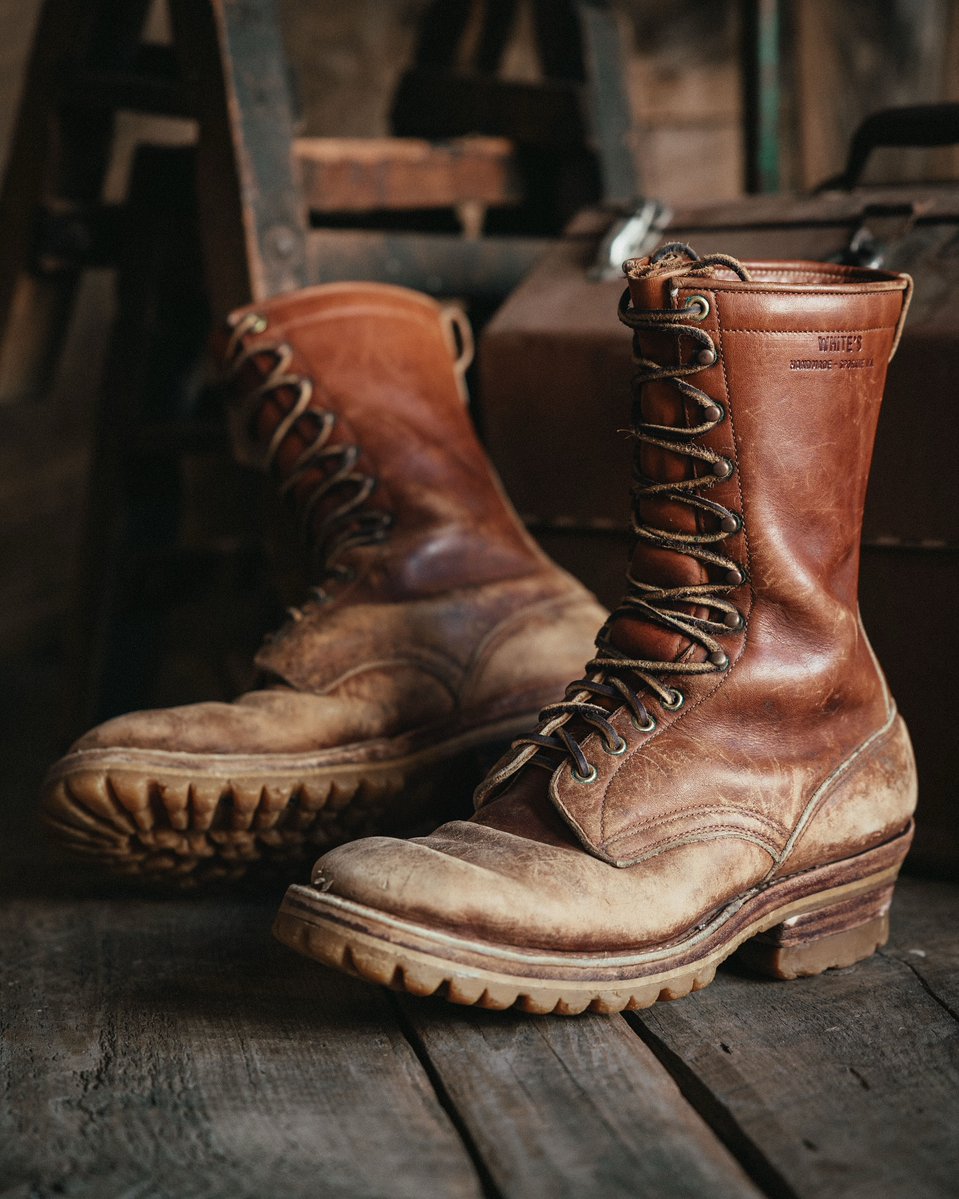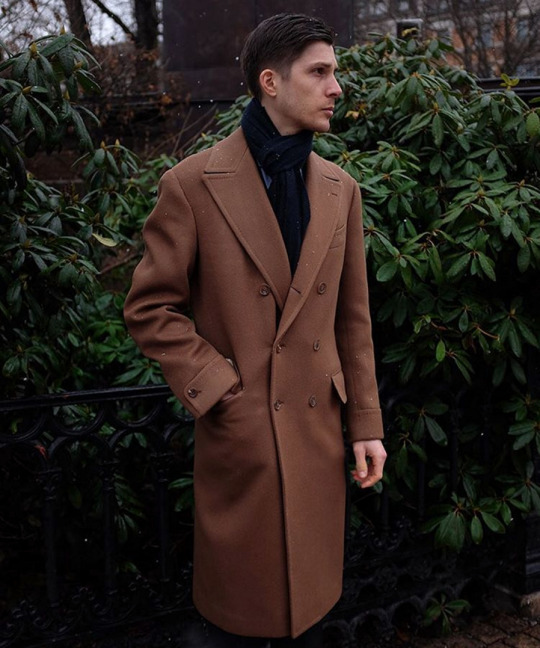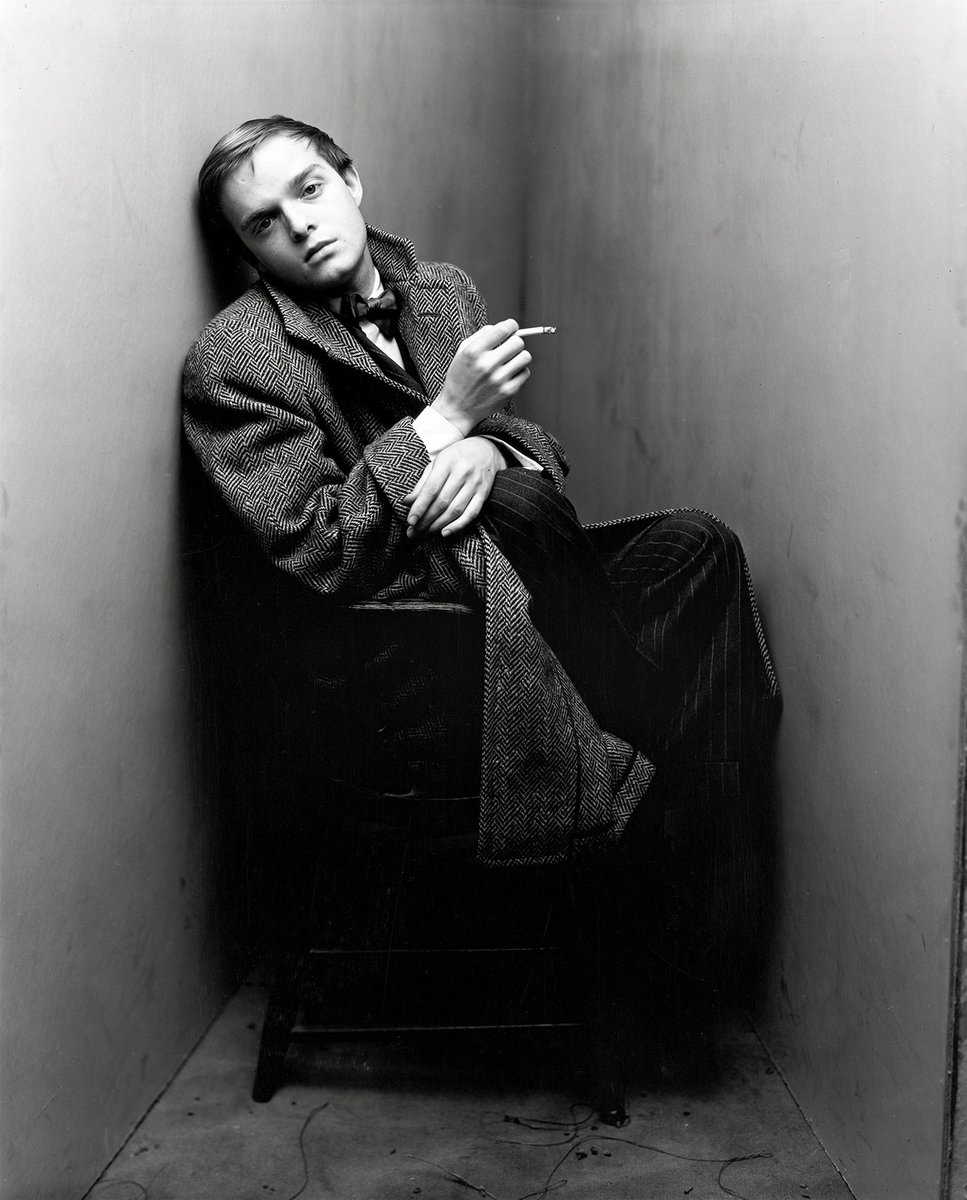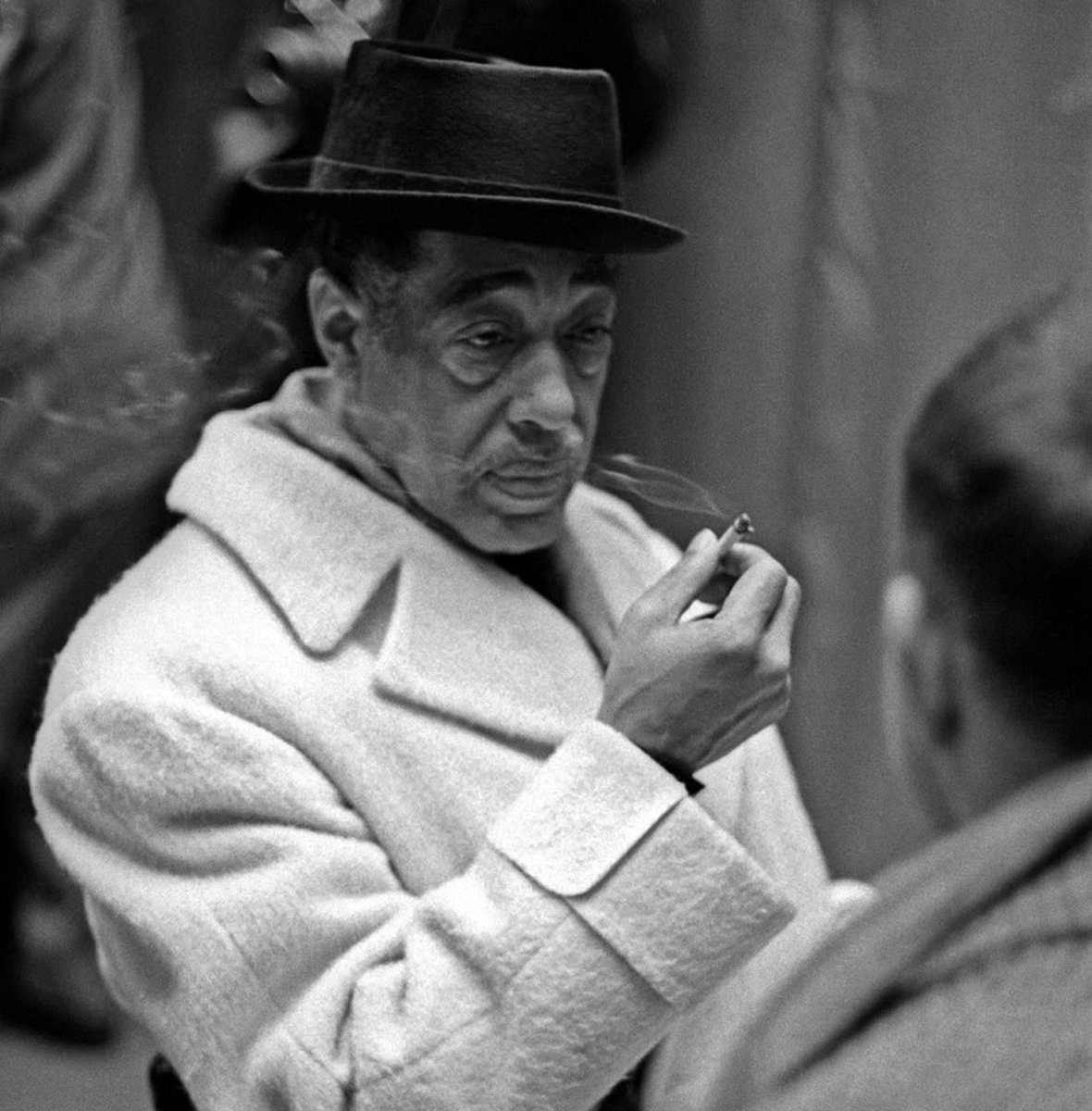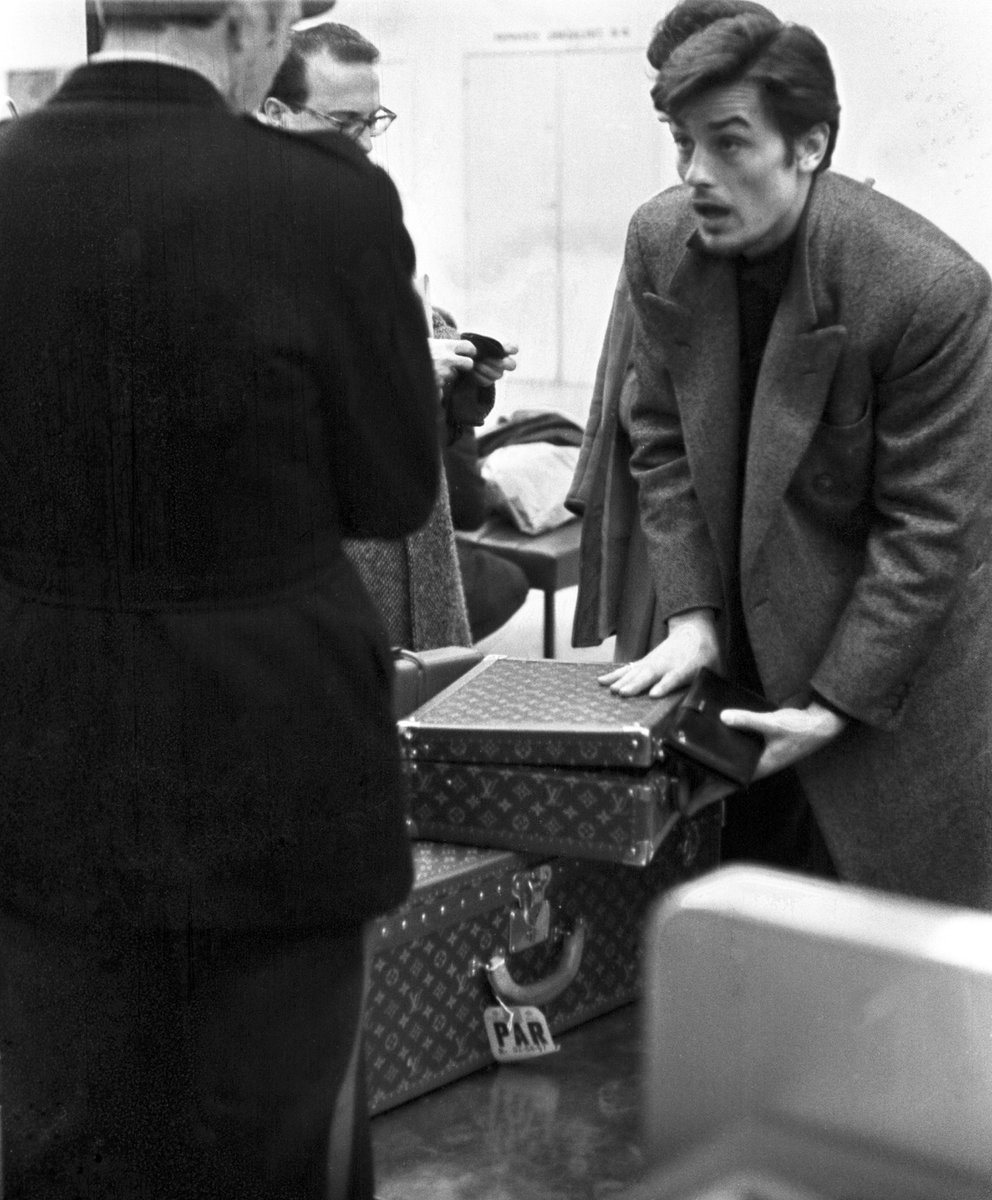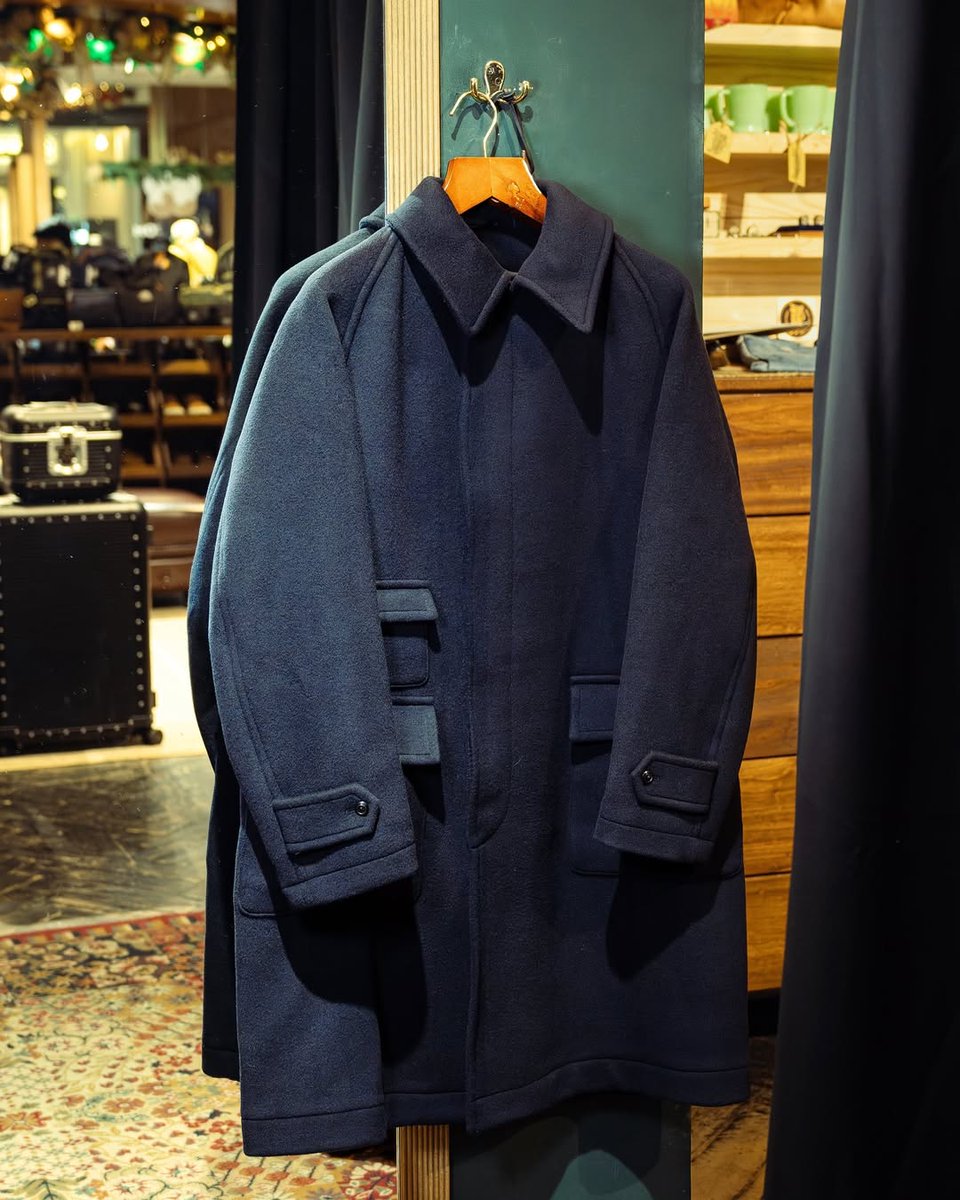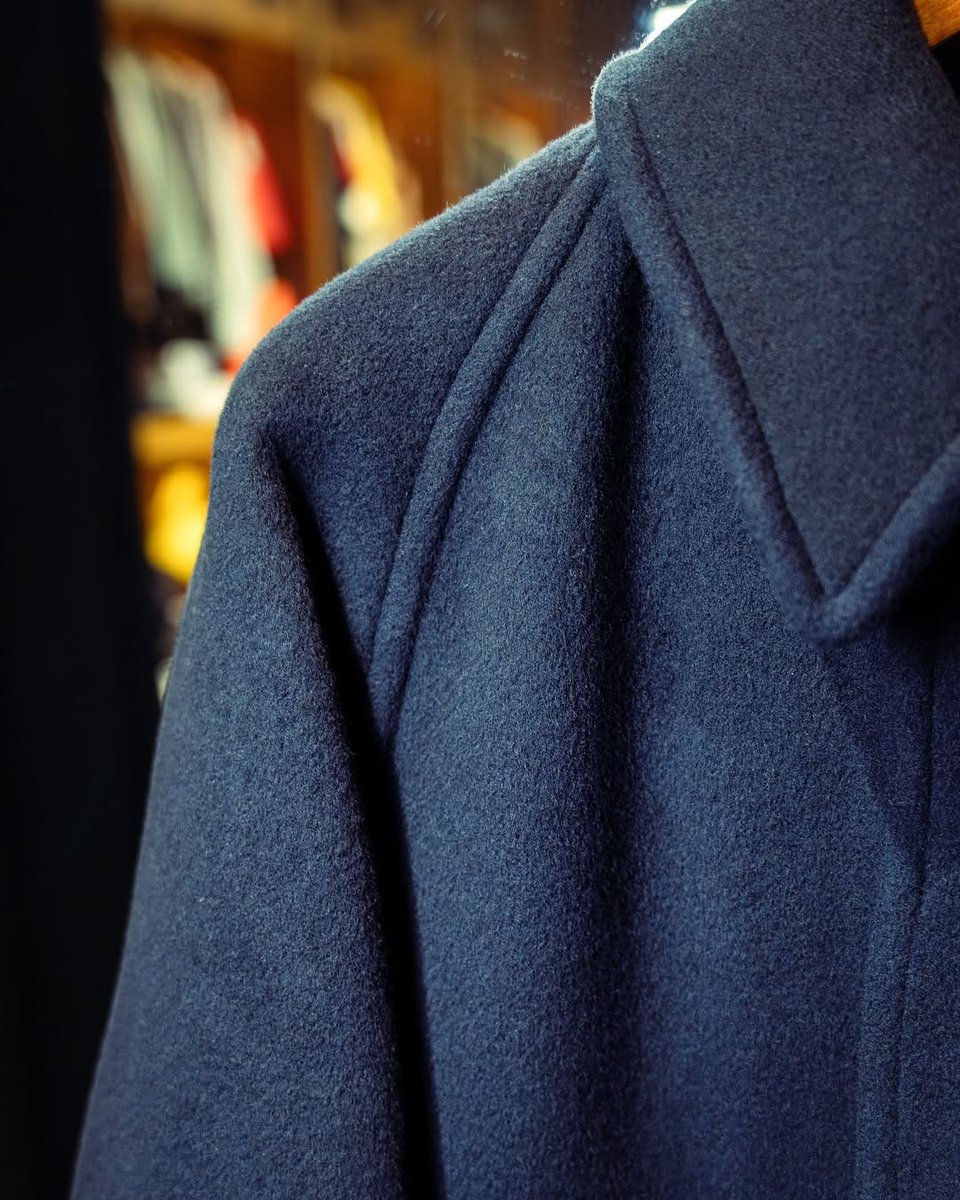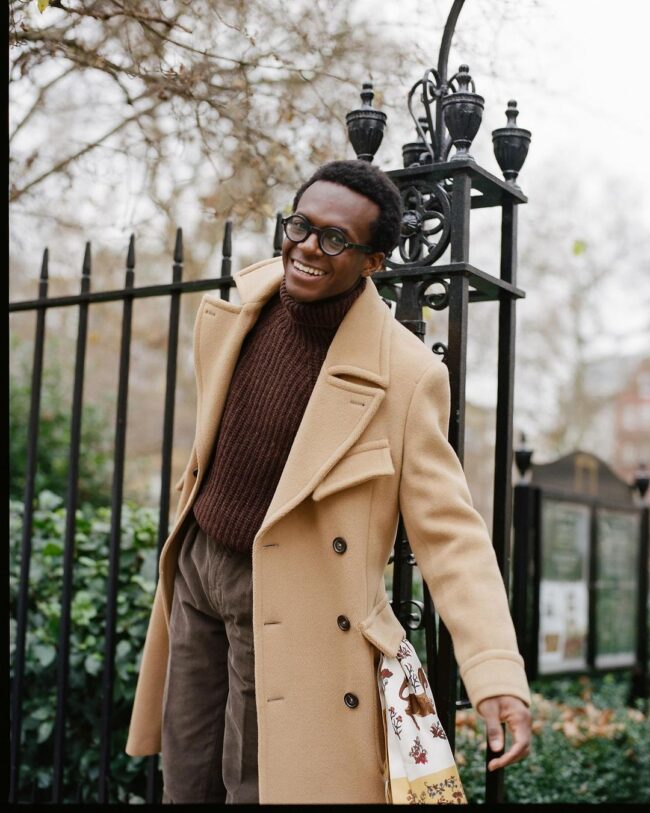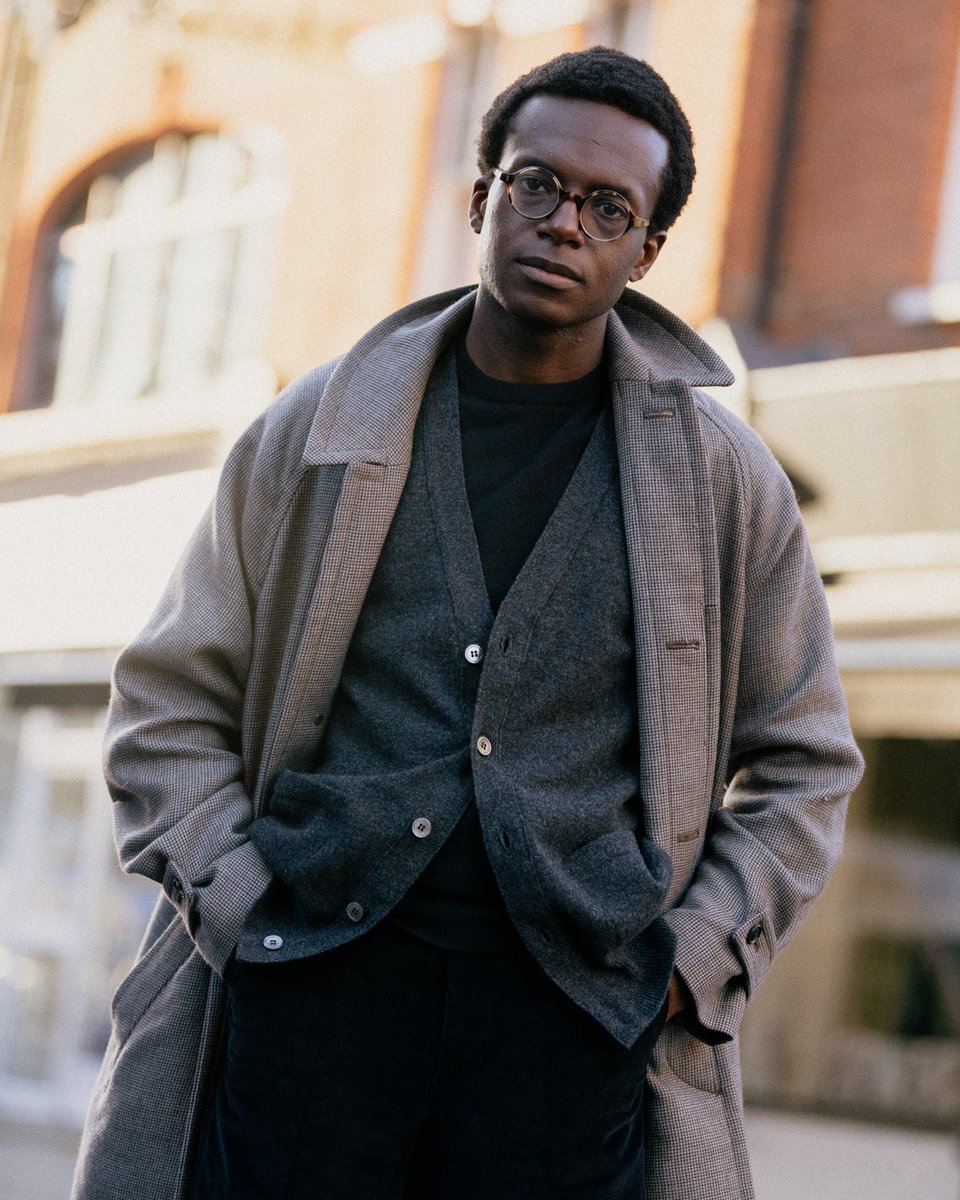Tate's leather trenchcoat has crumpled lapels and is not very practical for the rain.
Pepsi's plastic coat is both functional and stylish. The baby blue trim and little snap button keep this from looking like a tarp. The sneakers are also a nice touch!


Pepsi's plastic coat is both functional and stylish. The baby blue trim and little snap button keep this from looking like a tarp. The sneakers are also a nice touch!


Pool fastened the bottommost button on his suit, thus causing the jacket's front edge to drag. Also, he's missing a tie, and most notably, wearing a beanie.
Blitz knows that beanies are for casualwear, so he wears a charcoal flannel. Black tonal coloring is very death metal. A+


Blitz knows that beanies are for casualwear, so he wears a charcoal flannel. Black tonal coloring is very death metal. A+
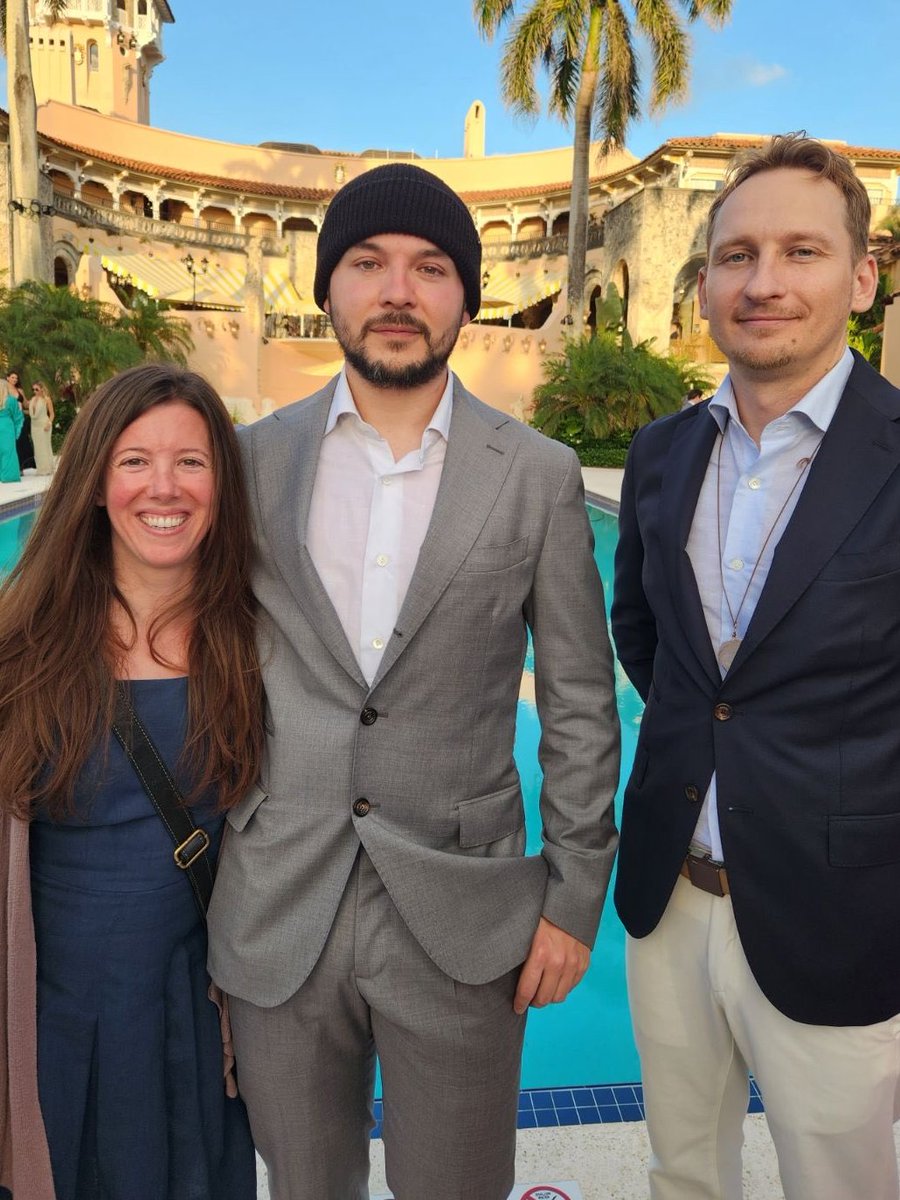

White dinner jackets can be nice, but Jack's black satin lapels and matching pocket square make his outfit look like a cheap rental. He's also wearing the wrong shirt.
Rinka knows that dinner suits require formal shirts, often those with dress studs. His outfit looks bespoke.


Rinka knows that dinner suits require formal shirts, often those with dress studs. His outfit looks bespoke.
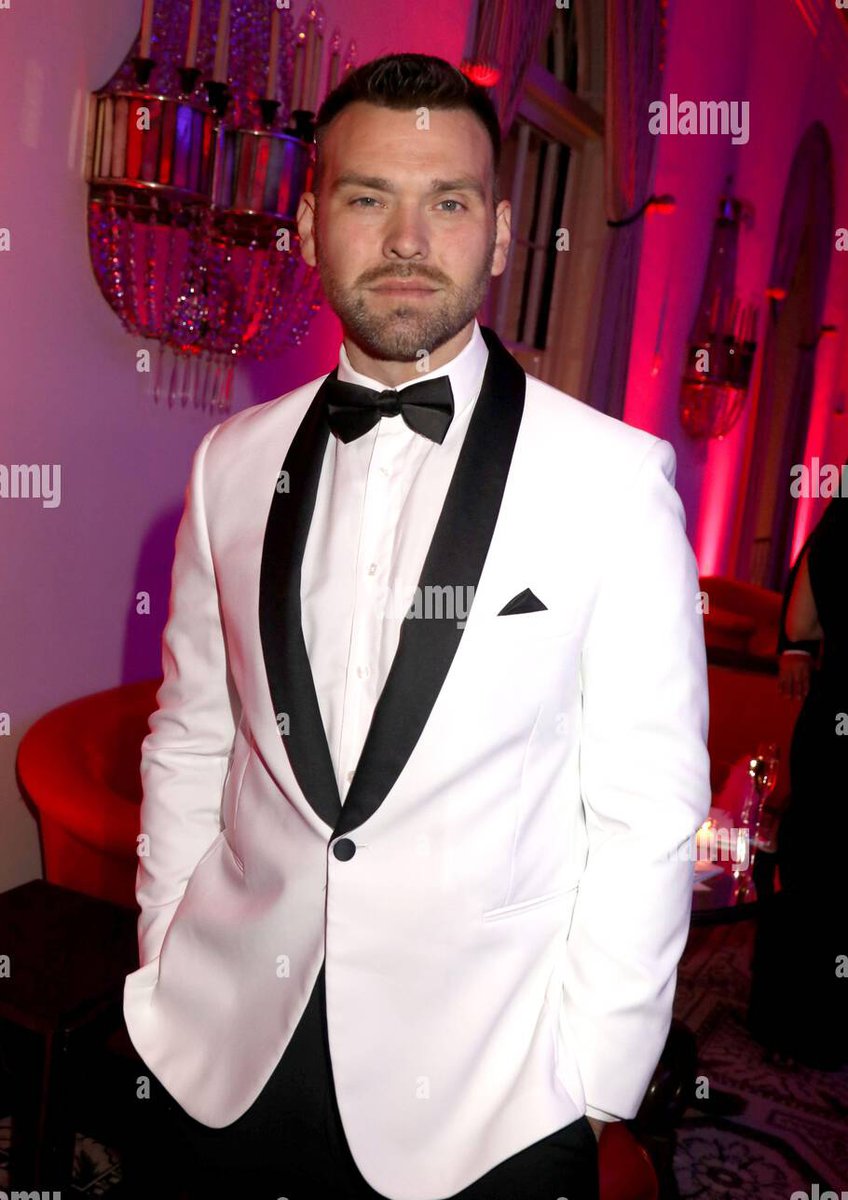

Almost everyone looks good in a turtleneck. However, Tate's overall appearance is disturbingly smooth.
Koda adds texture, not just with his hair, but also with his chunkier, ribbed turtleneck. He knows that sweaters on their own often look better when they have texture.


Koda adds texture, not just with his hair, but also with his chunkier, ribbed turtleneck. He knows that sweaters on their own often look better when they have texture.


Justin says his cowboy boots are more expensive than Jordans. This is incorrect, as many collectible Jordans cost thousands. Not only does this demonstrate ignorance, but gratuitous displays of wealth are gauche, and thus Bad Taste.
When it comes to dressing well, it's skill, not money, that counts. Within the context of traditional dress, both of these outfits have a feminine silhouette. However, Pepper's white cowboy boots fully lean into the look. It's always better to commit to a look.


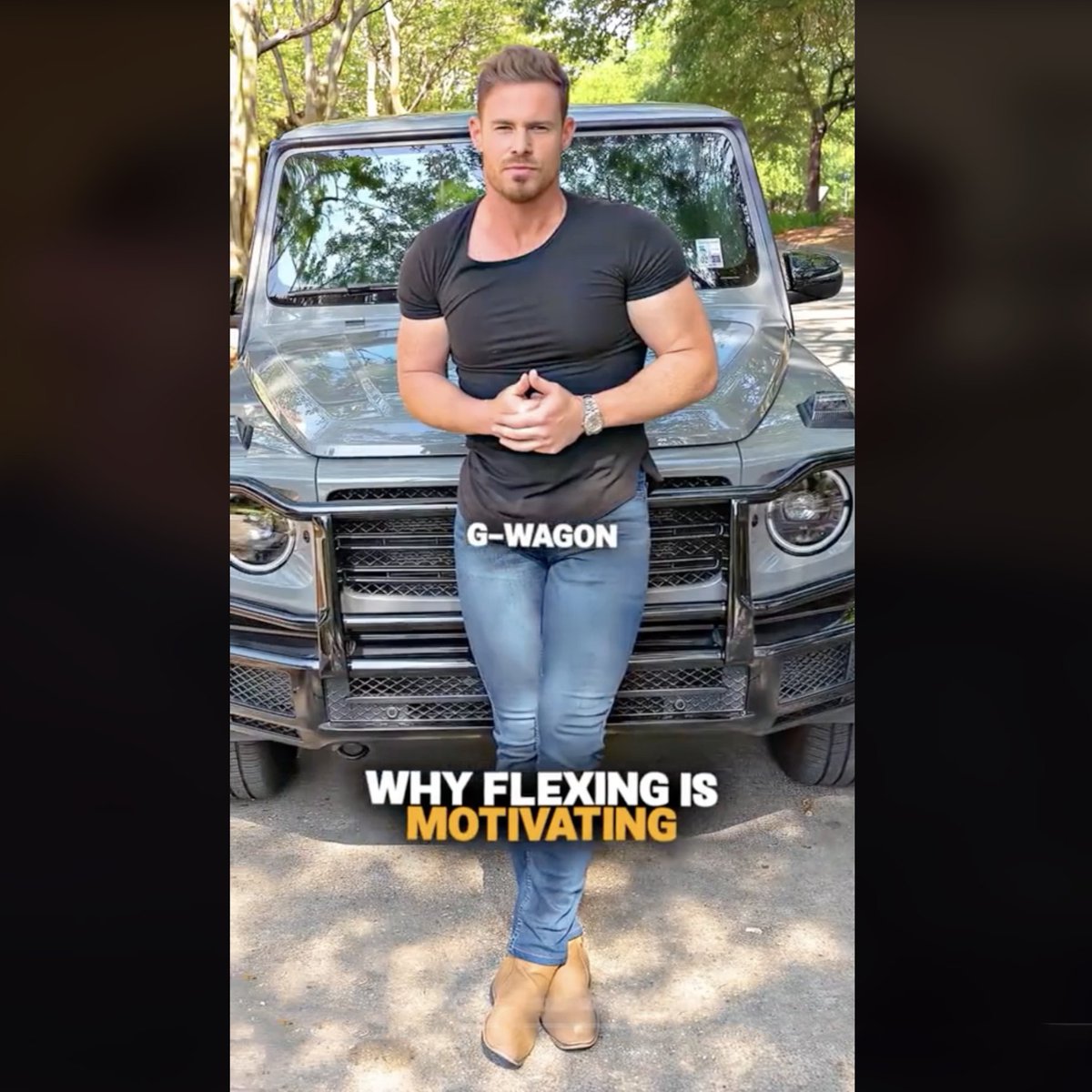

Similar problem here. Robes can be great, but Tate's Versace-decorated robe is such a gratuitous display of wealth that it crosses the line into Bad Taste.
Chedder gets ready for bed in PJs and ducky slippers. Much more charming.


Chedder gets ready for bed in PJs and ducky slippers. Much more charming.


Here we see Tate cooking in a Versace robe. However, here we see a curious detail: the pattern does not match across the pockets. On an authentic Versace robe, the lines should flow across all panels (compare to Floyd). This suggests Tate's robe may be counterfeit.


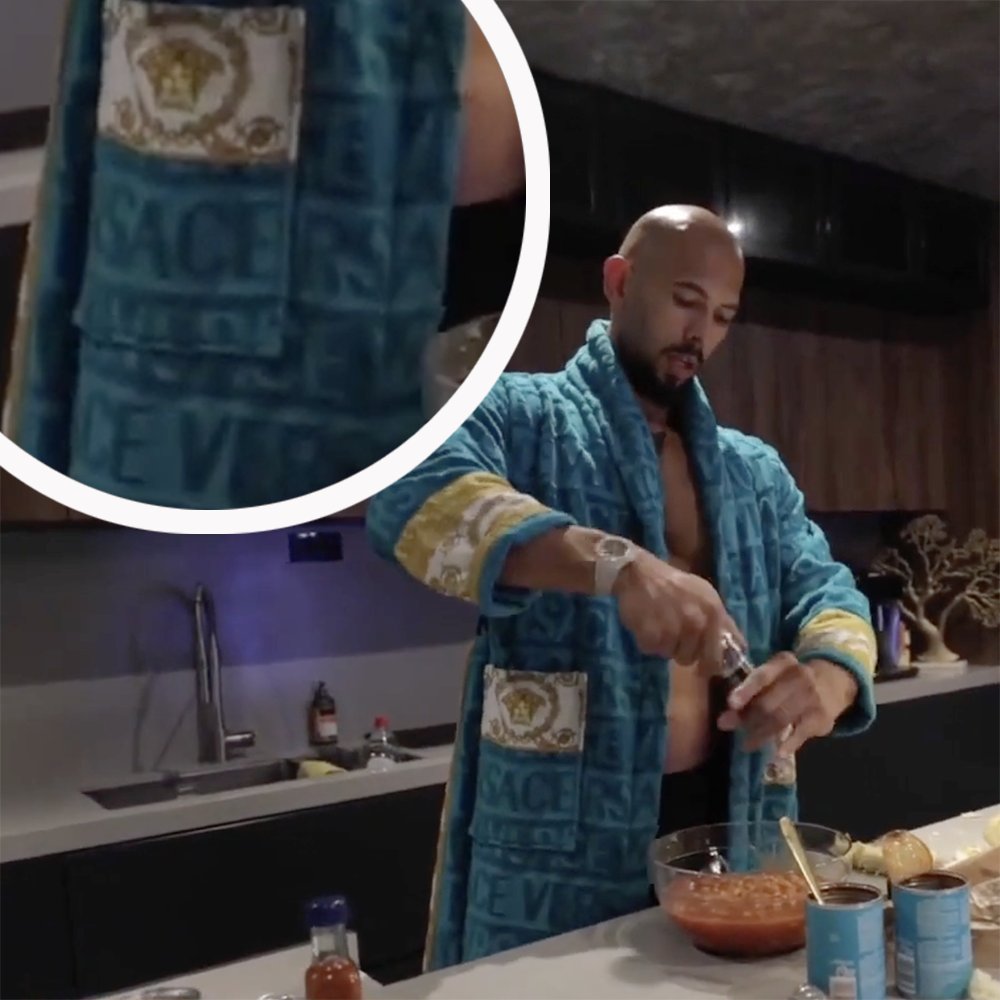
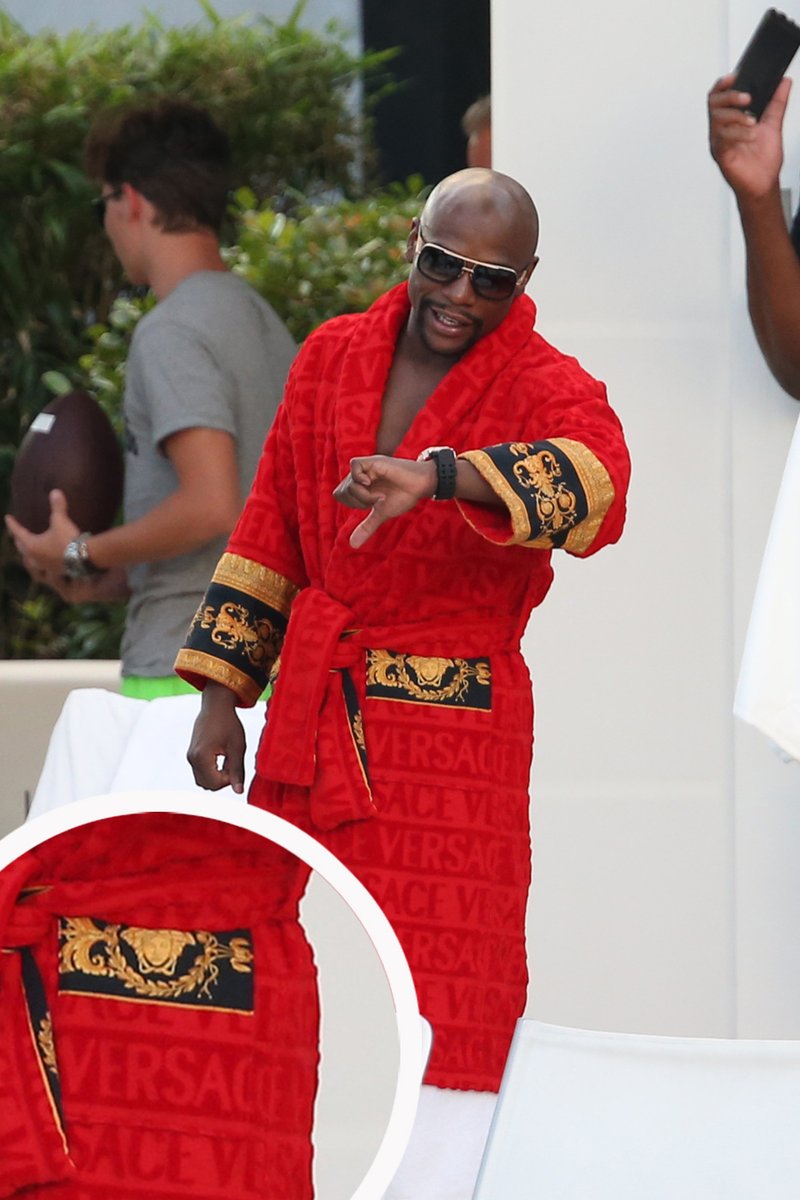
Here we see Willow cooking in a cupcake-decorated apron. The pattern on Willow's apron also doesn't match (see how the cupcake cuts off at the edge). However, this apron does not pretend to be something it's not. Points for cuteness and authenticity. 

Tommy's outfit is confusing: a white jacket with a built-in liner and fake mouton collar, combined with pre-distressed jeans made with a tab at the crotch.
London's outfit similar, but chic. Quilted jacket with grey hoodie, raw denim jeans, and a nice harness. Much better.


London's outfit similar, but chic. Quilted jacket with grey hoodie, raw denim jeans, and a nice harness. Much better.

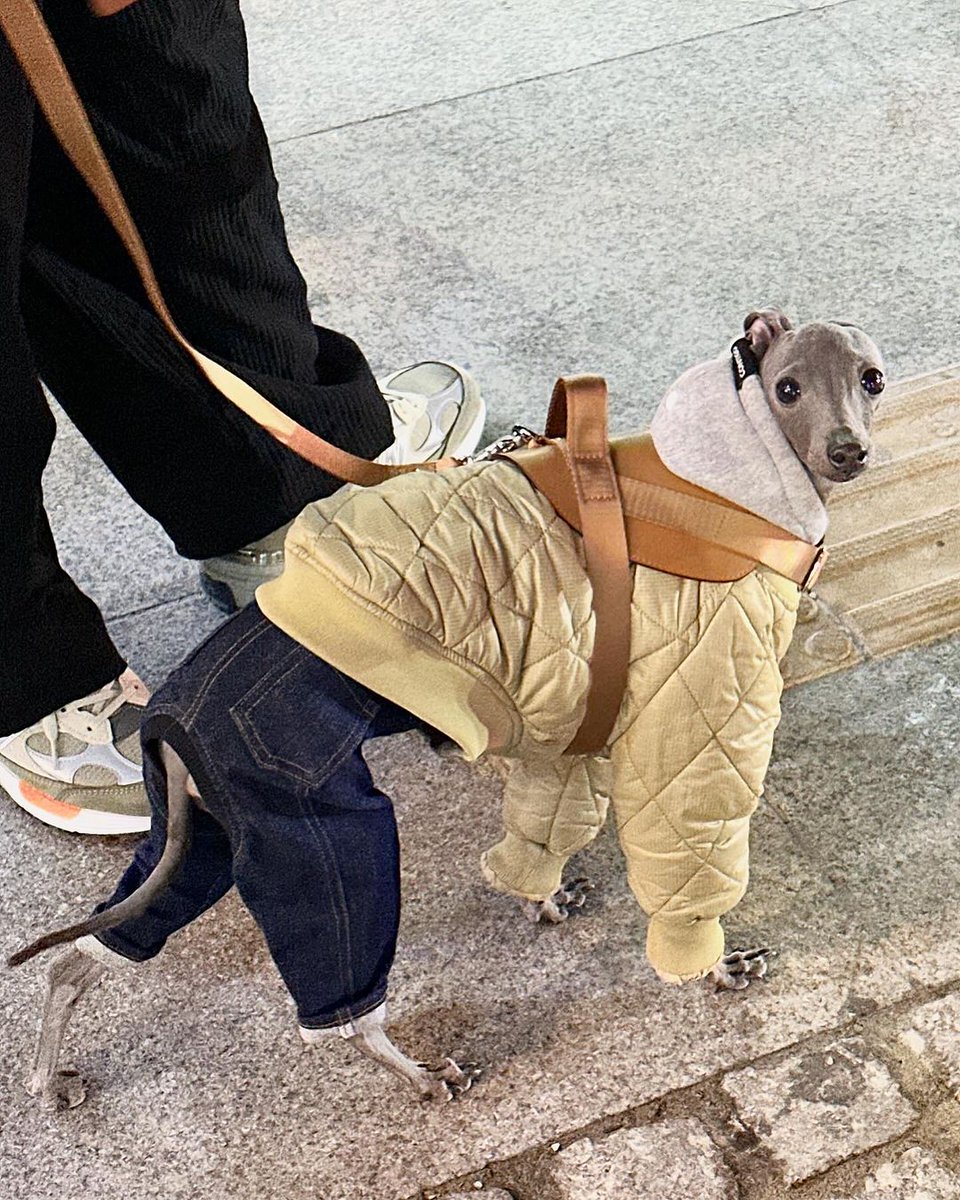
All-black outfits can look chic, but Jake's outfit involves a generic coat with black jeans and blue sneakers. It lacks aesthetic direction.
London is back with a similar outfit, but again, much better. Padded, minimalist coat with grey trim and black beanie. Chic and modern.


London is back with a similar outfit, but again, much better. Padded, minimalist coat with grey trim and black beanie. Chic and modern.


Contrary to what many think, hoodies are great. They're warm, cozy, and have working-class charm. However, Tate's hoodie is too thin and tight.
By contrast, Wilson's hoodie is thicker and looser. Looks closer to the mid-century Champion originals that gave this style meaning. A+


By contrast, Wilson's hoodie is thicker and looser. Looks closer to the mid-century Champion originals that gave this style meaning. A+

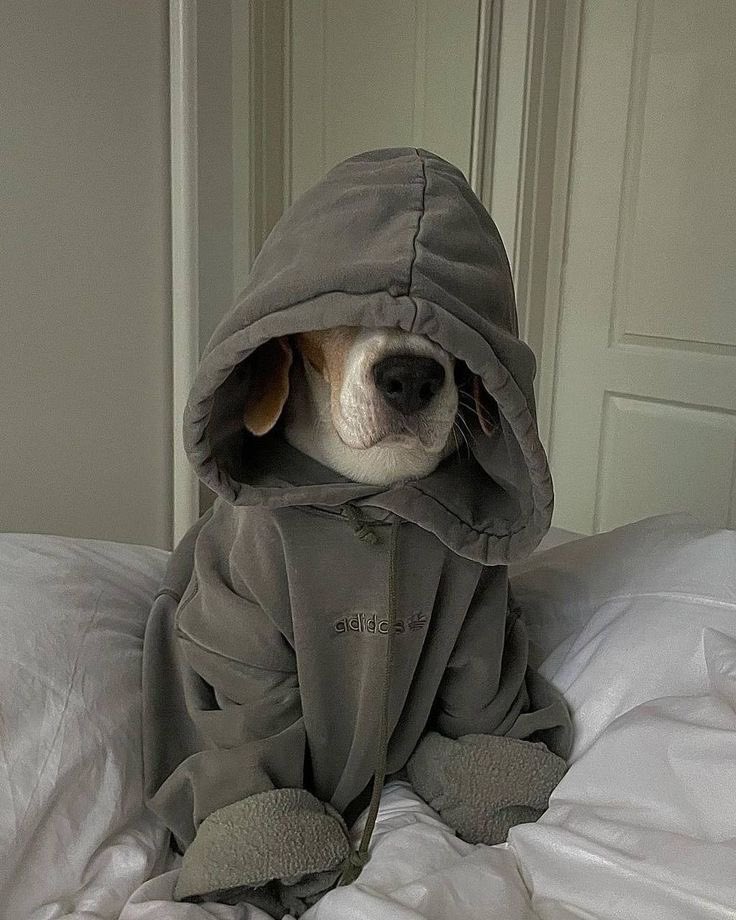
Pre-distressing isn't necessarily bad, but the detailing on Rogan's cap isn't convincingly done. Combined with the modern military-inspired design, it's a clumsy expression of ruggedness.
Echo's cap isn't special, but it lacks pretense. Looks very 1990s J. Crew. Again 10/10


Echo's cap isn't special, but it lacks pretense. Looks very 1990s J. Crew. Again 10/10


The act of smoking a cigar looks bad when it's too obviously performative. Tate's expensive lighter, flashy gold jacket, fat cigar, and seat at a gambling table is all too cliche.
Teddy shows how it's done. He looks relaxed, natural, and not posed. Cap & sunglasses look great


Teddy shows how it's done. He looks relaxed, natural, and not posed. Cap & sunglasses look great

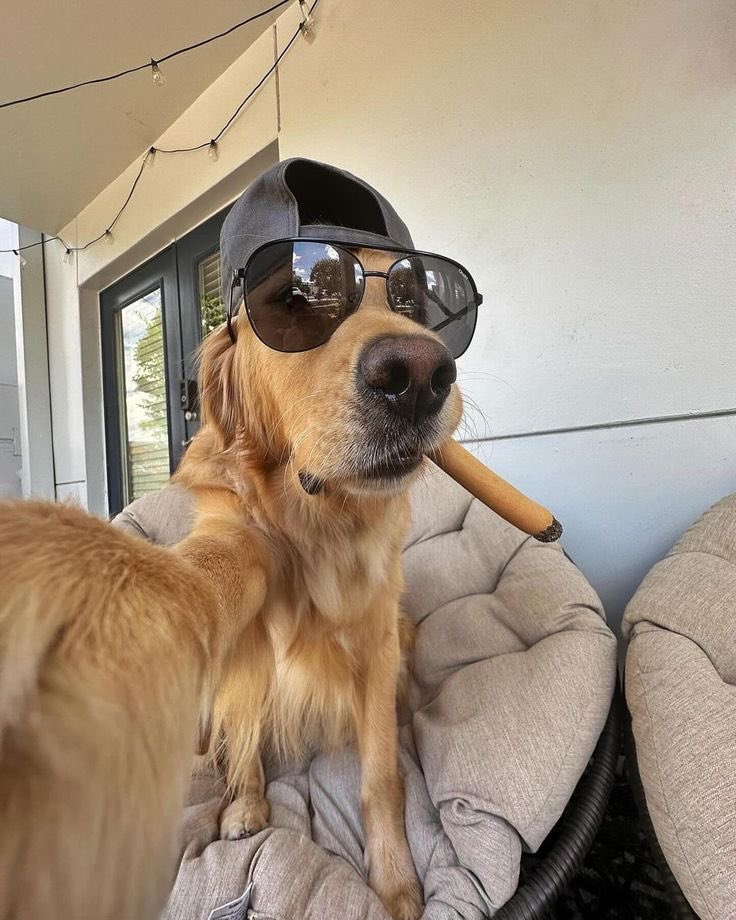
Justin's sunglasses, like his clothes, are too small for his face.
Diesel knows that, if you're going to err one way or the other, bigger sunglasses are the way to go. Not only are they more protective, but they make you look and feel like a movie star.


Diesel knows that, if you're going to err one way or the other, bigger sunglasses are the way to go. Not only are they more protective, but they make you look and feel like a movie star.


Finally, members of the Proud Boys have been wearing these skull masks to protect their identity. Unfortunately, they have a tendency to slip across the face over the course of a day, ruining the placement of the nose and scary grin.





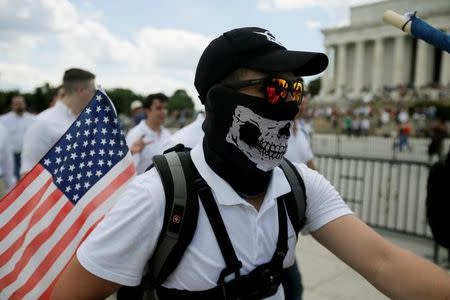

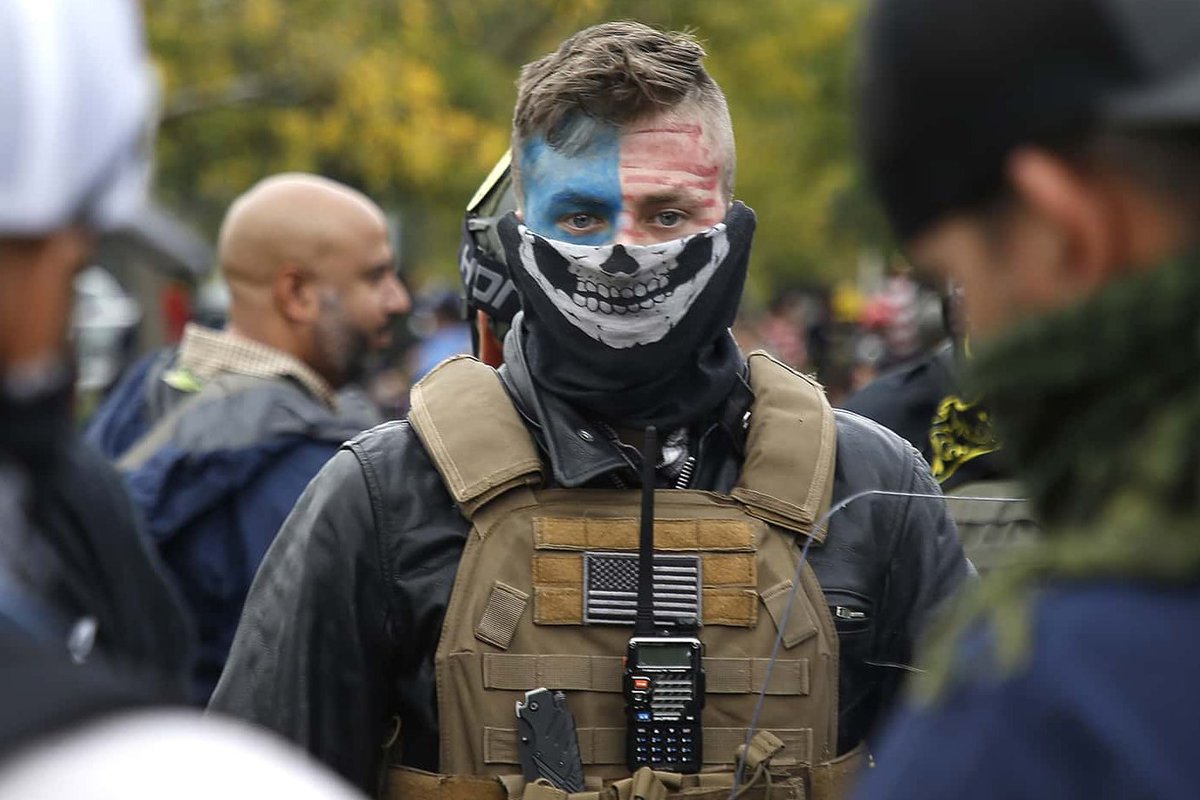
Kilo's bread mask isn't as scary, but it has holes for his eyes and nose. This way, he knows that his facial proportions are always correct from the vantage of the viewer. 10/10




• • •
Missing some Tweet in this thread? You can try to
force a refresh










